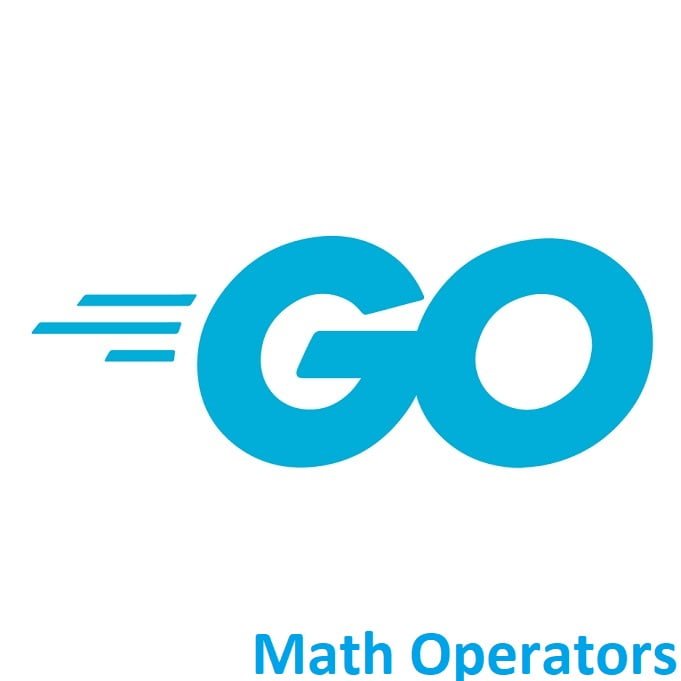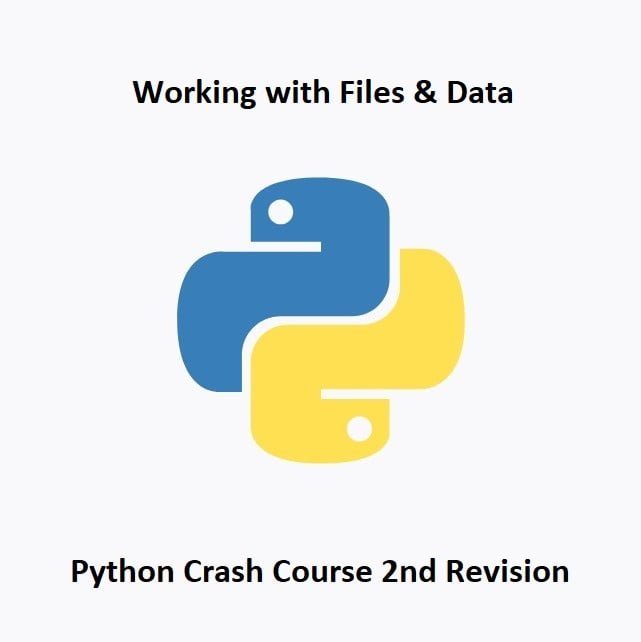
Enhancing Communication Efficiency
Q-codes and abbreviated expressions play a pivotal role in Ham Radio, enabling operators to convey messages concisely and effectively. This guide delves into the universe of Q-signals, abbreviations, and acronyms, enhancing your proficiency in Ham Radio communication.
Exploring Q-Codes and Abbreviations:
Introduction to Q-Signals:
Q-signals are three-letter codes used in radio communications to convey standardized messages. They were initially developed for maritime radio telegraph communication and later adopted by Ham Radio operators. Some common Q-signals include:
- QTH: Indicates the station’s location (e.g., “My QTH is New York”).
- QSL: Confirms reception or indicates a confirmation of reception (e.g., “QSL, I copied your message”).
- QRM: Denotes interference from other stations (e.g., “Experiencing QRM on this frequency”).
Common Abbreviations:
These are shortened forms of phrases used in radio conversations to save time and transmit messages more efficiently. Some frequently used abbreviations include:
- 73: Sends best regards (e.g., “73 and good DX to you!”).
- CQ: General call to any station (e.g., “CQ, CQ, this is [callsign] calling”).
- OM: Refers to a male operator (e.g., “Nice to meet you, OM”).
- YL: Refers to a female operator (e.g., “Please QSL, YL operator here”).
Prosigns and CW Abbreviations:
Prosigns are combinations of characters that have specific meanings in Morse code (CW, Continuous Wave). These are used for efficiency in transmitting messages. Examples include:
- AR: Indicates the end of a transmission or message (e.g., “Your report is 59, AR”).
- KN: Indicates that the following transmission is for a specific station (e.g., “QRZ, QRZ, KN”).
- BK: Indicates a break in transmission, allowing another station to intervene (e.g., “BK, go ahead with your traffic”).
Using Abbreviations in Radio Conversations:
Practical demonstrations and scenarios showcasing how Q-codes, abbreviations, and prosigns are integrated into real-time radio conversations. These examples illustrate how these codes streamline communication and facilitate efficient exchanges between operators.
Etiquette and Proper Usage:
Guidelines and best practices for using Q-codes, abbreviations, and prosigns appropriately. Emphasizes maintaining clear and concise communication, especially in diverse radio environments, and the importance of adhering to standardized communication practices.
Most Commonly Used Q-Codes and Abbreviations
Here are some of the most commonly used Q-codes and abbreviations in ham radio:
- QSL – Confirmation of receipt or “Can you acknowledge receipt?”
- QSO – A two-way communication or “Can you communicate with…?”
- QRZ – Who is calling me?
- QTH – Location or “What is your location?”
- QTH Locator – A system to describe geographic locations on Earth using a combination of letters and numbers.
- QRP – Low power operation or “Shall I reduce power?”
- QRO – High power operation or “Shall I increase power?”
- QRT – Going off the air or “Shall I stop sending?”
- QRV – Are you ready?
- QSY – Change frequency or “Shall I change frequency?”
- QRM – Interference from another station or “Are you being interfered with?”
- QRN – Interference from natural sources (static) or “Are you troubled by static?”
- QSB – Fading signals or “Are my signals fading?”
- QSL Card – A confirmation card sent to confirm a QSO.
- QTH Card – A card showing the operator’s location.
- CQ – General call to all stations.
- OM – Old Man (used to address a male operator).
- YL – Young Lady (used to address a female operator).
- XYL – Wife.
- WX – Weather conditions.
- RST – Readability, Signal Strength, and Tone (used to report signal quality).
- 73 – Goodbye.
- 88 – Love and kisses.
- BTU – Back to you.
- BK – Break (to interrupt a transmission).
These are just a few examples of Q-codes and abbreviations used in ham radio. There are many more, and operators often create their own shorthand for efficiency during communication. As you get more involved in the hobby, you’ll become familiar with additional codes and abbreviations specific to your area of interest within ham radio.
Advantages and Importance:
Efficient Communication:
The use of Q-codes, abbreviations, and prosigns significantly enhances communication efficiency in Ham Radio. By employing standardized codes and concise abbreviations, operators can quickly convey messages, reducing transmission time and ensuring clarity even in congested or emergency radio situations.
International Standardization:
Q-codes and standardized abbreviations create a universal language for communication among Ham Radio operators worldwide. This international standardization allows for seamless communication between operators regardless of language barriers or geographical locations, fostering effective global communication.
Enhanced Clarity and Conciseness:
These codes and abbreviations facilitate clearer and more concise communication during radio exchanges. By using shorthand expressions, operators convey information succinctly, reducing the chance of misinterpretation and ensuring efficient transmission of messages, especially in critical situations where clarity is essential.
Online Resources
There are several online resources where you can find an extensive list of Q-codes, abbreviations, and other radio-related codes used in Ham Radio. Here are a few reliable sources:
ARRL Abbreviations and Q-Signals:
- Website: ARRL Abbreviations and Q-Signals
- Description: The American Radio Relay League (ARRL) provides a comprehensive list of Q-signals and other abbreviations commonly used in amateur radio communication. This PDF guide is part of their license manuals.
Q-Code and Abbreviation Lists by Radio Society of Great Britain (RSGB):
- Website: RSGB Q-Code and Abbreviation Lists
- Description: RSGB offers operating guides that include Q-codes, prosigns, and abbreviations used in amateur radio operations. These guides are helpful for both beginners and experienced operators.
Online Amateur Radio Resources:
- Websites like QRZ.com, eHam.net, and various Ham Radio forums often have sections or posts dedicated to Q-codes, abbreviations, and prosigns used by operators. Exploring forums and community-driven platforms can provide additional insights and variations used by enthusiasts.
Ham Radio Clubs and Associations:
- Many local Ham Radio clubs or associations often share resources, guides, or handbooks that include Q-codes and abbreviations specific to their operating preferences or regional variations.
These resources offer comprehensive lists, explanations, and context for Q-codes, abbreviations, and prosigns used in Ham Radio communications, catering to different levels of expertise and providing valuable reference material for operators.
Conclusion
Q-codes and abbreviations serve as integral components of Ham Radio communication, enabling operators to convey messages effectively and succinctly. By mastering these shorthand expressions, Ham Radio enthusiasts optimize communication efficiency, fostering clearer and more streamlined radio conversations.
That’s All Folks!
You can explore more of our guides on amateur radio here: Beginners Guide to Amateur Radio




